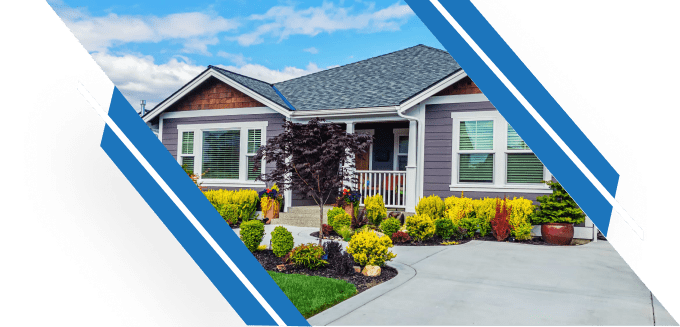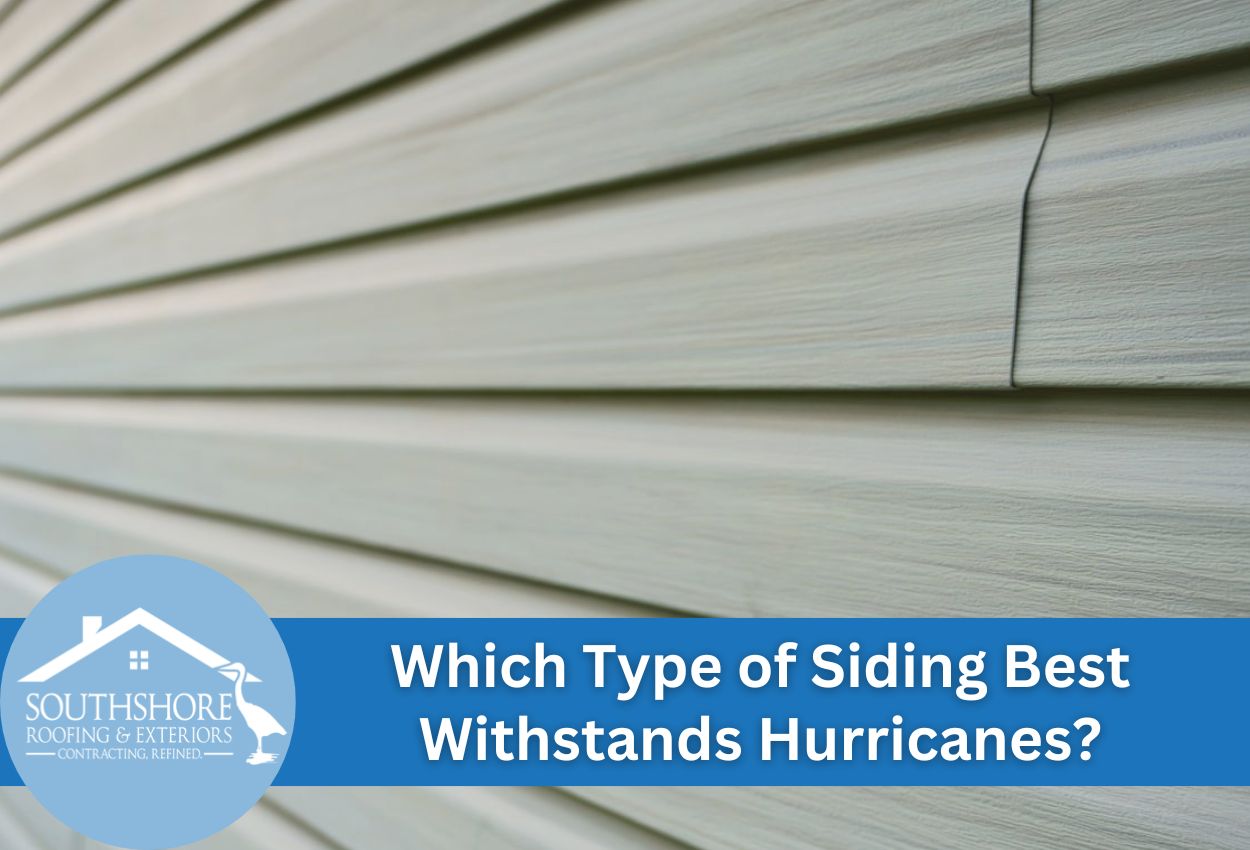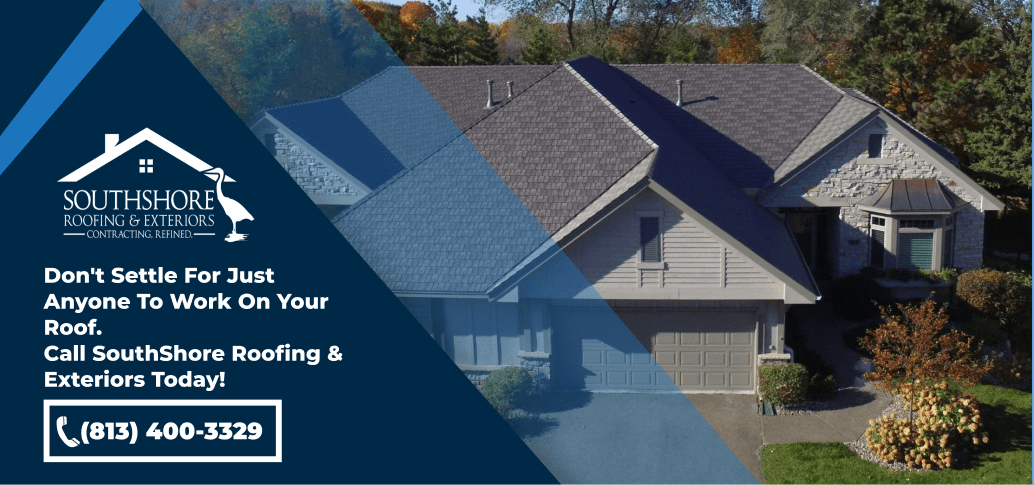When hurricane winds reach speeds of 100 mph or higher, your home’s exterior faces extreme pressure that can compromise structural integrity. For Tampa homeowners, selecting the right siding isn’t just about curb appeal, it’s a critical safety decision. Quality hurricane-resistant siding can reduce the risk of storm damage, protecting both your property and the people inside.
The best siding for withstanding hurricanes combines three essential protective qualities: superior wind resistance ratings, impact resistance against flying debris, and effective water leak prevention. These factors determine how well your home’s exterior siding will perform when facing the intense conditions common during Florida’s hurricane season.
Storm-proof house siding options have evolved significantly, with manufacturers now offering specialized materials designed specifically for coastal homes in high winds. These advanced siding materials undergo rigorous testing to ensure they meet or exceed building codes in hurricane-prone regions. Professional siding contractors in Tampa understand which installations provide maximum protection against the severe weather patterns that affect our area.
Selecting the appropriate hurricane-resistant home siding requires understanding how different materials perform under extreme conditions. The right choice depends on factors including your home’s specific location, exposure level, and existing structural elements.
Fiber-Cement Siding: The Gold Standard for Hurricane Protection
Fiber-cement siding has earned its reputation as the premier choice for hurricane-prone areas like Tampa Bay. This remarkable material can withstand wind speeds exceeding 150 mph, well above the threshold of Category 4 hurricanes. During testing, fiber-cement panels demonstrate exceptional resistance to the projectile impacts common in severe storms, protecting homes from flying debris that would penetrate lesser materials.
Unlike vinyl or wood alternatives, fiber cement won’t crack, warp, or splinter when faced with harsh weather. Its composition of cement, sand, and cellulose fibers creates a dense barrier that stands firm against both wind and water penetration. For Tampa homeowners, this translates to significantly reduced repair costs after major storms.
Maintenance requirements for fiber cement are minimal compared to its hurricane-resistant benefits. The material resists salt spray corrosion, a critical advantage for coastal properties, and doesn’t deteriorate in high humidity. Most manufacturers offer warranties of around 30 years, though fiber-cement siding often performs effectively for decades longer with basic care.
Professional Tampa contractors use fastening techniques that further enhance wind resistance. While the initial pricetag may be higher than some alternatives, fiber cement’s storm-proof qualities and long-term durability make it the most cost-effective siding choice for hurricane protection over your home’s lifetime.
Vinyl Siding Options: Budget-Friendly Hurricane Protection
For homeowners seeking hurricane protection without breaking the bank, specially designed vinyl siding systems offer a viable alternative. Modern hurricane-grade vinyl siding products have evolved significantly and now feature reinforced construction specifically engineered to withstand the severe weather conditions Tampa homeowners face each hurricane season.
Standard vinyl siding typically fails in high winds above 60 mph, while hurricane-grade vinyl can resist winds up to 110 mph when properly installed. The key difference lies in the manufacturing process. Hurricane-resistant vinyl features thicker panels (usually 0.046 inches compared to standard 0.040 inches), reinforced nail hems, and interlocking panel designs that reduce the risk of panels lifting during intense storms.
Professional installation also impacts performance during hurricanes. Professional contractors in Tampa utilize specialized techniques including staggered seams, additional fasteners, and precise spacing that allows for thermal expansion while maintaining wind resistance. These installation methods can improve wind resistance significantly compared to standard methods.
While not offering the same level of impact resistance as fiber cement, reinforced vinyl siding provides reasonable protection against smaller wind-driven debris common in Category 1 or 2 hurricanes. For coastal Tampa homes, this budget-friendly option delivers adequate storm protection when paired with impact-resistant windows and roof protection, creating a complete exterior defense system against hurricane threats.
Engineered Wood and Composite Siding Solutions
Modern engineered wood and composite siding options present Tampa homeowners with an excellent middle-ground solution for hurricane protection. These innovative materials combine the look of traditional wood with improved durability and storm resistance. Engineered wood siding can withstand wind speeds of 100 to 130 mph when properly installed, making it suitable for Florida’s Gulf Coast.
Unlike conventional wood siding that can warp, split, or rot after storm exposure, engineered wood products feature advanced resin technologies and water-resistant coatings that dramatically reduce moisture absorption. This moisture resistance is crucial in Tampa’s humid climate, where post-hurricane conditions often include extended periods of dampness that would quickly compromise traditional wood exteriors.
Composite siding materials, typically made from a blend of wood fibers, recycled plastics, and binding agents, offer even greater resistance to water infiltration. These products won’t swell, delaminate, or develop mold after a hurricane — problems that frequently necessitate complete replacement of conventional siding. Many composite options come with warranties of 20 to 30 years, reflecting their durability in harsh coastal environments.
For Tampa area homes, the reduced maintenance requirements of these materials provide an additional benefit. Unlike traditional wood that requires regular repainting or sealing after storm exposure, engineered and composite products maintain their appearance with minimal upkeep, allowing homeowners to focus on other aspects of hurricane recovery when necessary.
Metal Siding: Durability Meets Hurricane Resistance
Metal siding stands as one of the most formidable options for Tampa homes facing hurricane threats. High-quality aluminum and steel siding systems can withstand winds exceeding 140 mph, placing them among the top performers during extreme weather. Unlike other materials, metal siding maintains its structural integrity even after repeated exposure to hurricane-force conditions.
Steel siding offers superior impact resistance against flying debris, a critical factor during intense storms. Premium steel panels between 24-gauge and 26-gauge can withstand significant projectile impacts without puncturing. Aluminum siding, while slightly less impact-resistant, provides excellent performance in high winds due to its lightweight yet rigid construction.
Installation considerations are particularly important for Tampa’s coastal environment. Professional contractors utilize specialized fastening systems that allow for thermal expansion while maintaining wind resistance. Metal siding installation includes moisture barriers, corrosion-resistant fasteners, and strategic panel overlapping that prevents water infiltration even during driving rain.
Corrosion prevention is essential for metal siding in Tampa’s salty environment. Quality metal siding systems incorporate multiple protective layers including galvanization, zinc coatings, and high-performance paint finishes. These treatments create an effective barrier against salt spray and moisture, ensuring decades of performance even in coastal settings. With professional installation and regular maintenance, metal siding provides exceptional hurricane protection while maintaining its appearance through years of storms.
Installation Factors That Maximize Hurricane Resistance
Even the highest-rated hurricane-resistant siding can fail if installation guidelines aren’t strictly followed. Professional installation by experienced Tampa contractors is absolutely critical to maximizing your home’s storm resilience. The difference between standard and hurricane-zone installation techniques can determine whether your siding remains intact during severe weather or becomes flying debris.
Proper fastening is the first step in hurricane resistance. Contractors should use corrosion-resistant fasteners at decreased intervals (typically 12 inches rather than the standard 16 inches), ensuring each fastener penetrates structural framing rather than just sheathing. The fastening pattern should also account for “high stress zones” near corners and rooflines where wind pressures intensify during storms.
Beyond the siding itself, a comprehensive water barrier system including premium house wrap, correctly integrated flashing, and sealed joints creates a multi-layered defense against water infiltration. This secondary moisture barrier is critical if siding is compromised during extreme weather, preventing catastrophic internal water damage to Tampa homes.
Structural reinforcement behind the siding may also be necessary in particularly vulnerable areas. Techniques such as additional blocking, hurricane straps, and reinforced sheathing work together with quality siding to create a complete building envelope that can withstand the severe conditions common during Florida’s hurricane season. These installation factors often make a bigger difference in storm performance than the specific siding material chosen.
Choosing Hurricane-Resistant Siding for Your Tampa Home
Selecting the optimal hurricane-resistant siding for your Tampa home requires carefully evaluating your property’s specific vulnerabilities. Homes closer to Tampa Bay or the Gulf face higher wind speeds and salt exposure than inland properties. Low-elevation homes may experience greater flood risks, necessitating water-resistant siding materials installed higher on exterior walls. Even surrounding structures matter. Homes without natural windbreaks from trees or neighboring buildings face increased wind pressure during storms.
Working with experienced Tampa contractors who understand Florida’s building codes is essential for maximizing hurricane protection. Professional installers familiar with high-velocity hurricane zone requirements can recommend the best storm-proof house siding options for your specific location. These specialists use industry-standard installation techniques that significantly enhance wind resistance beyond what the materials alone provide.
Many Florida insurers offer premium discounts for homes with certified hurricane-resistant siding installations. Documentation of professional installation using approved impact-resistant exterior siding can reduce your insurance costs while providing peace of mind during storm season.
Remember that the best siding for coastal homes in high winds varies based on your property’s exposure. What works perfectly for a neighbor might not be the best option for your property. A personalized assessment from qualified Tampa siding professionals ensures your home receives the specific protection it needs against hurricanes.
Protect Your Tampa Home with Hurricane-Resistant Siding from SouthShore Roofing & Exteriors
Choosing the right siding for your home in Tampa is crucial for protection against severe storms. At SouthShore Roofing & Exteriors, we understand the challenges posed by our coastal climate and offer a variety of hurricane-resistant siding options that meet the highest standards of durability and performance. Whether you’re considering the robust protection of fiber-cement siding, the affordability of reinforced vinyl, or the advanced technology in engineered wood and composites, we have the expertise to guide you through your options.
Don’t wait for the next hurricane to test the limits of your existing siding. Call us today at (813) 400-3329 to talk with one of our experts and ensure your home has the best defense against storms. Trust SouthShore Roofing & Exteriors to provide you with siding that not only withstands hurricanes but also enhances the value and beauty of your home.




